Likes
- Class leading build quality, fit and finish and reliability.
- Affordable maintenance and servicing costs.
- Excellent residuals on the used market.
- All the large premium car anyone would need.
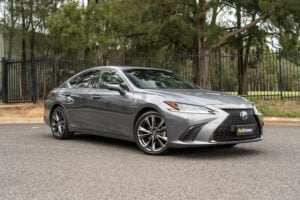
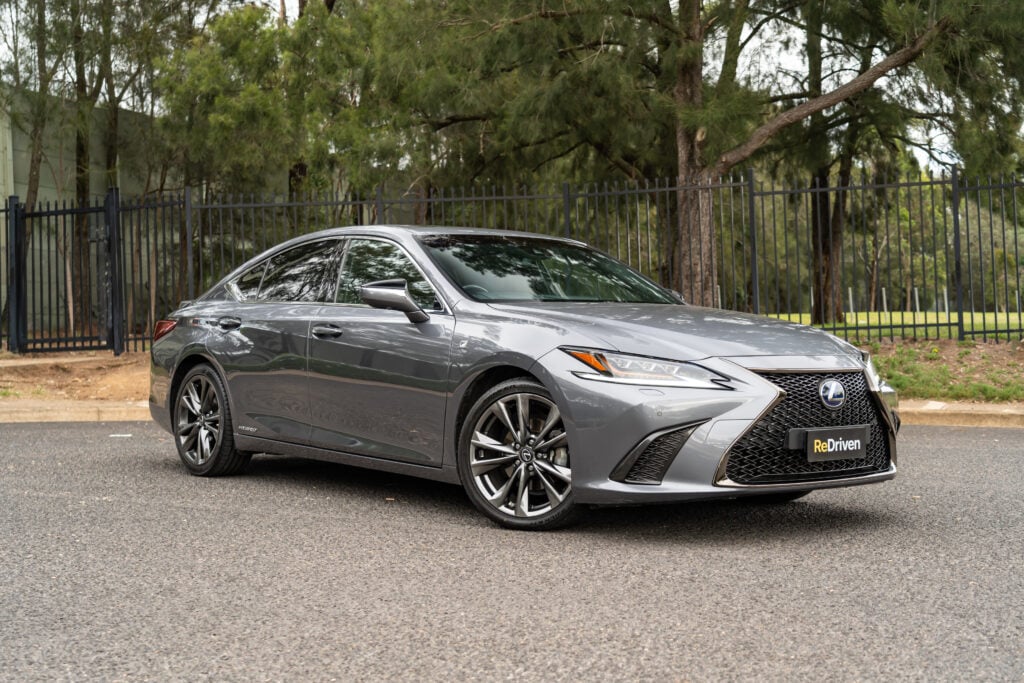
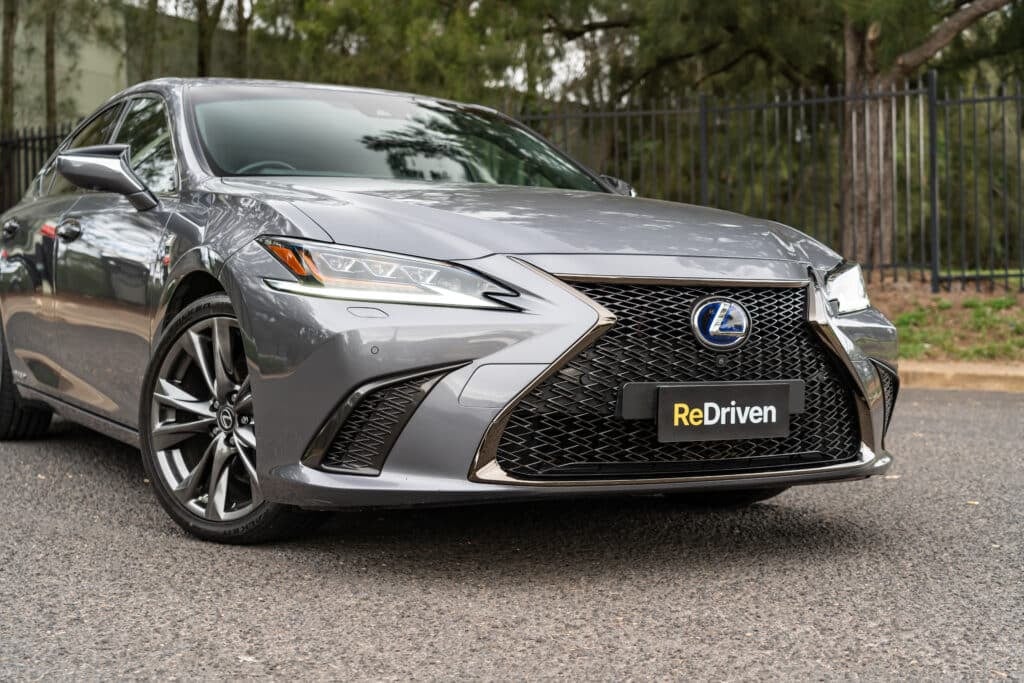
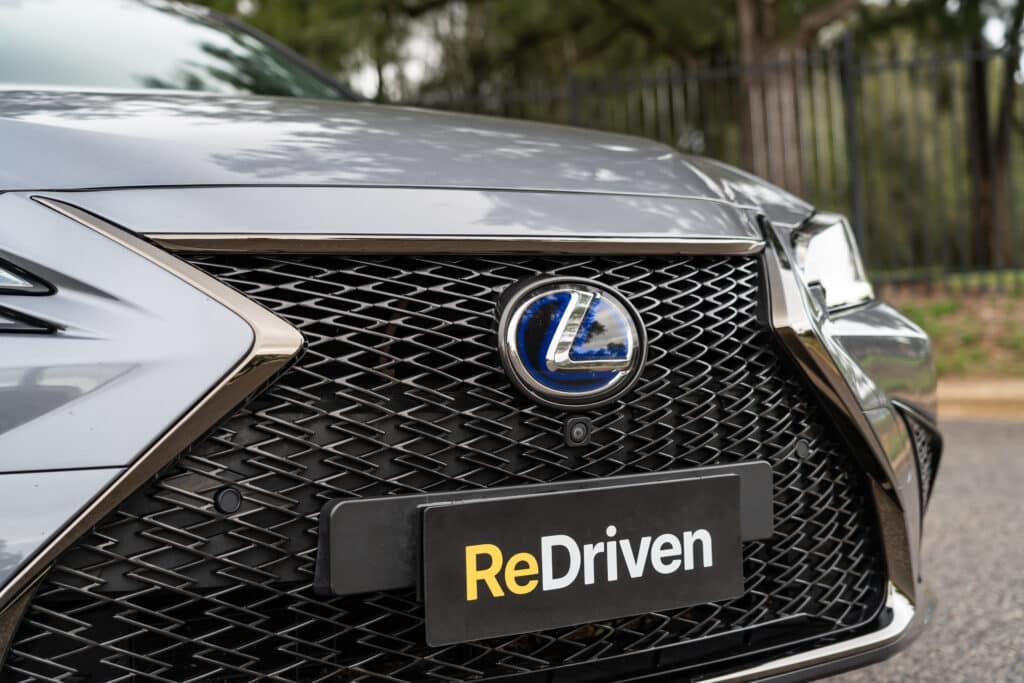
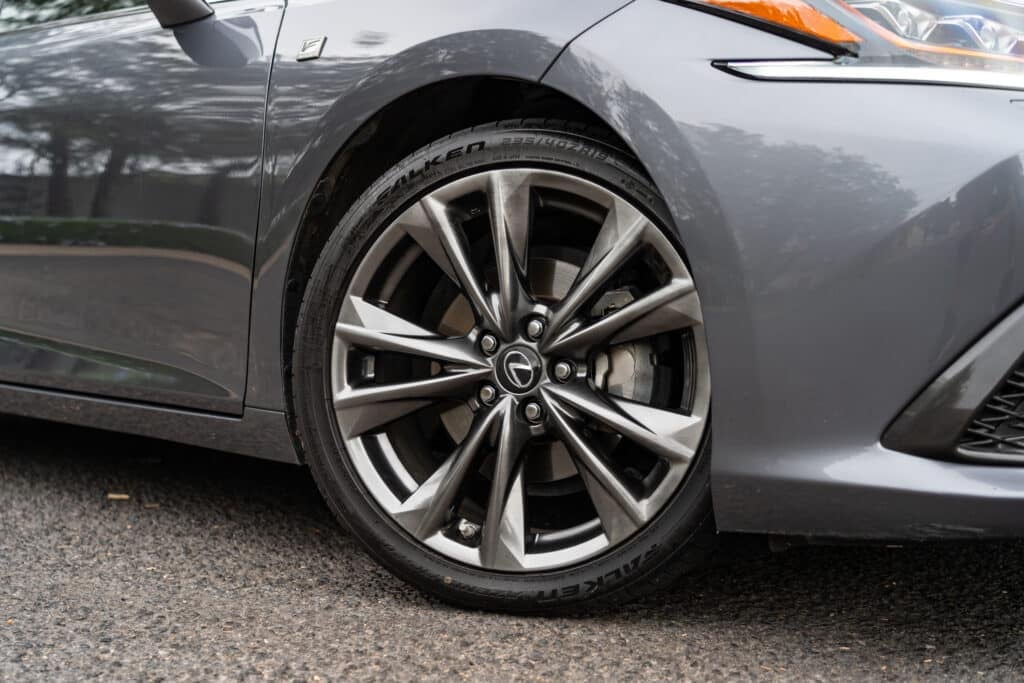
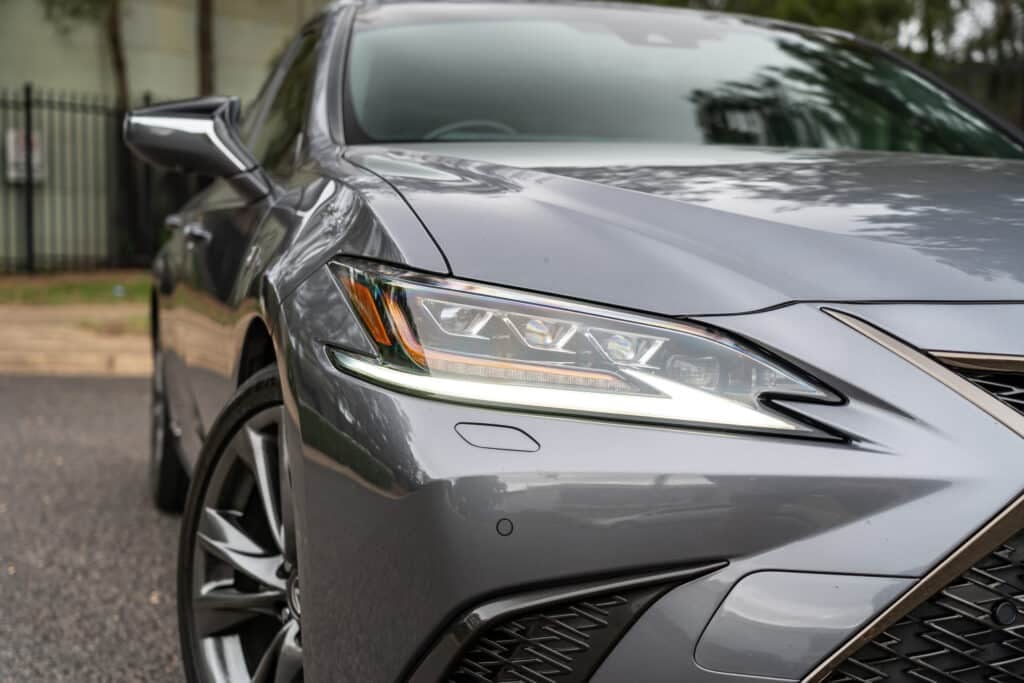
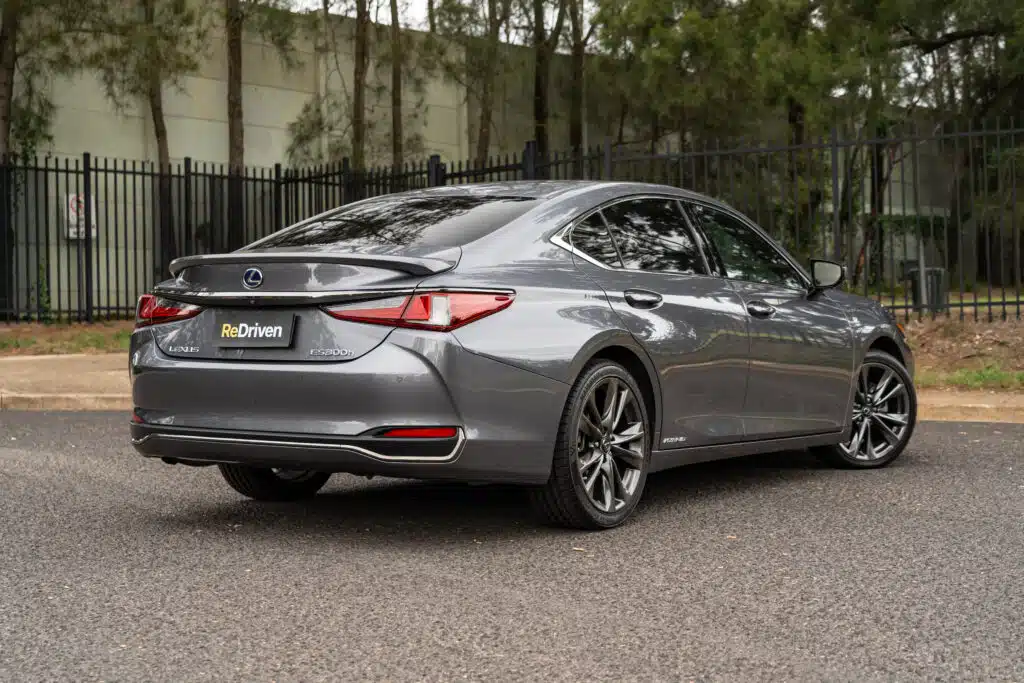
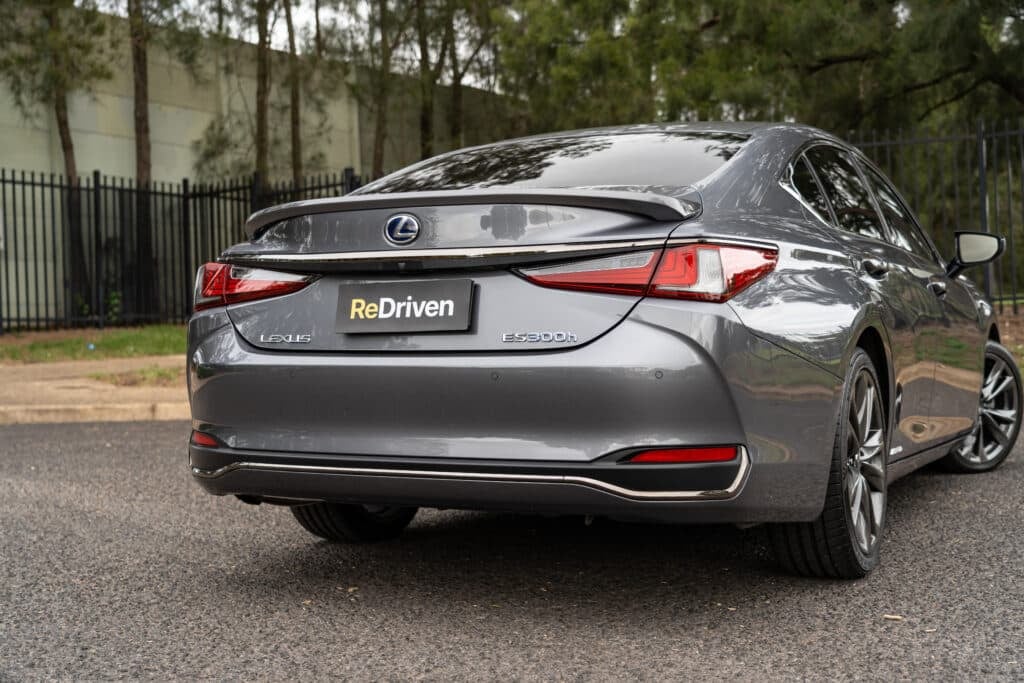
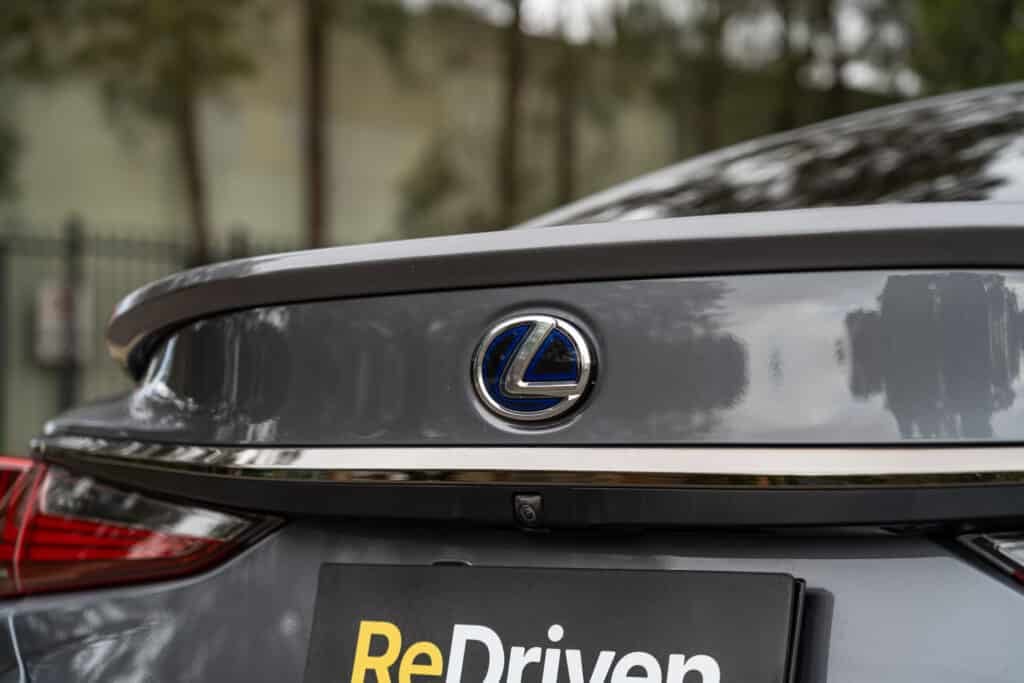
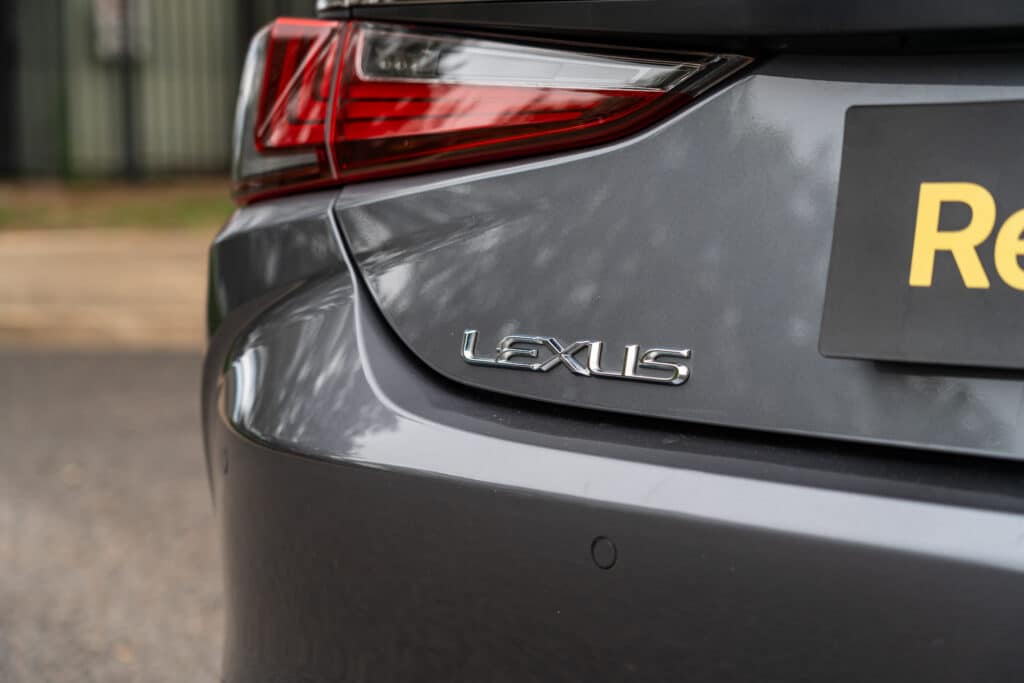
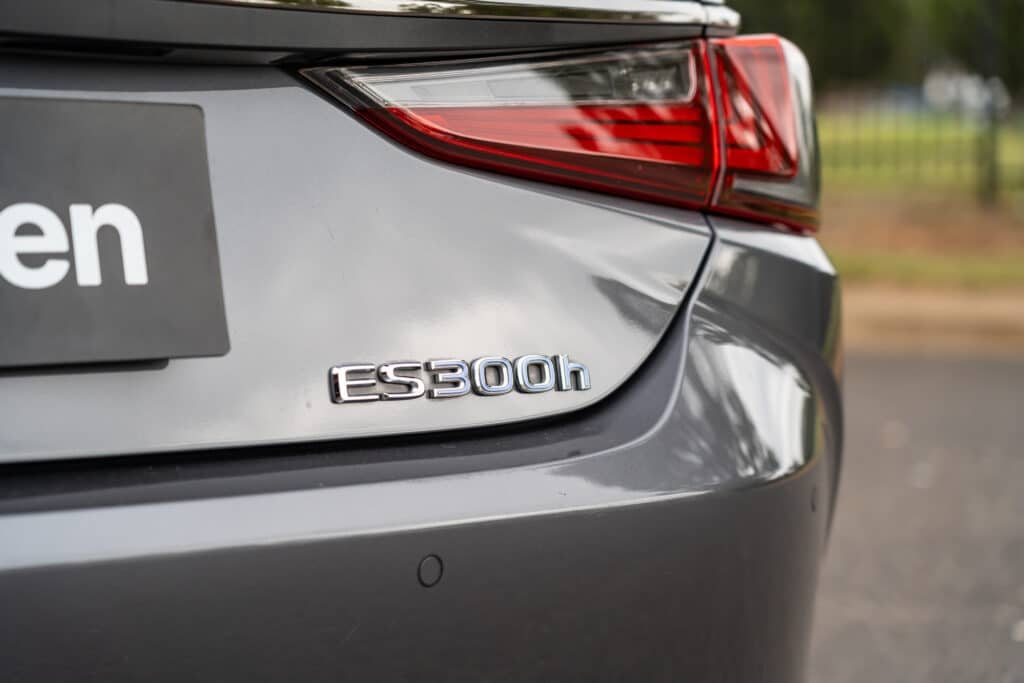
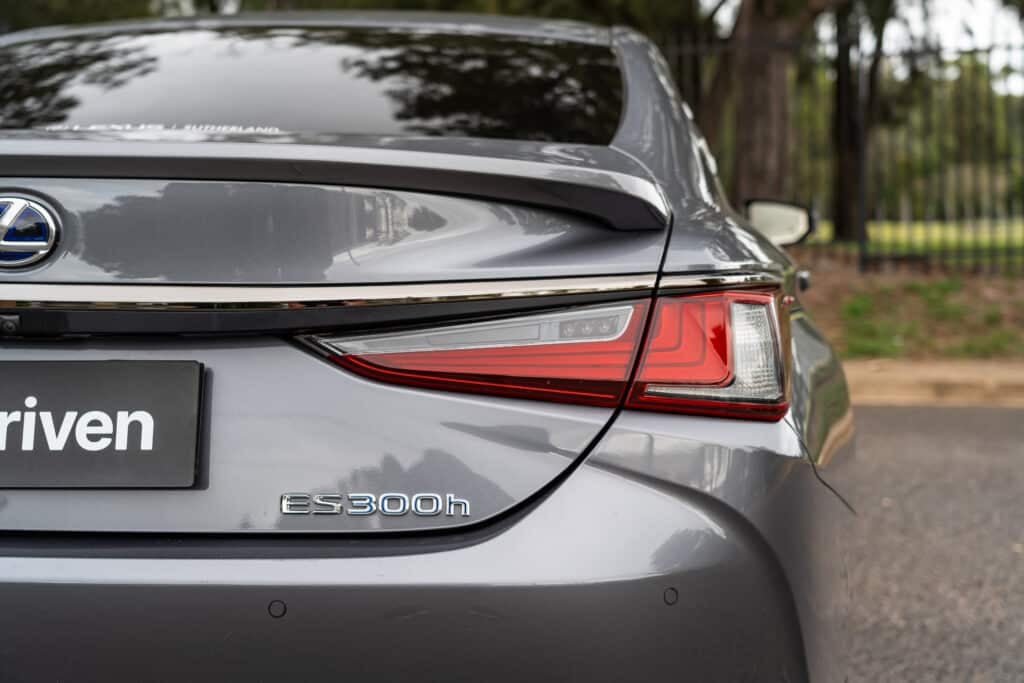
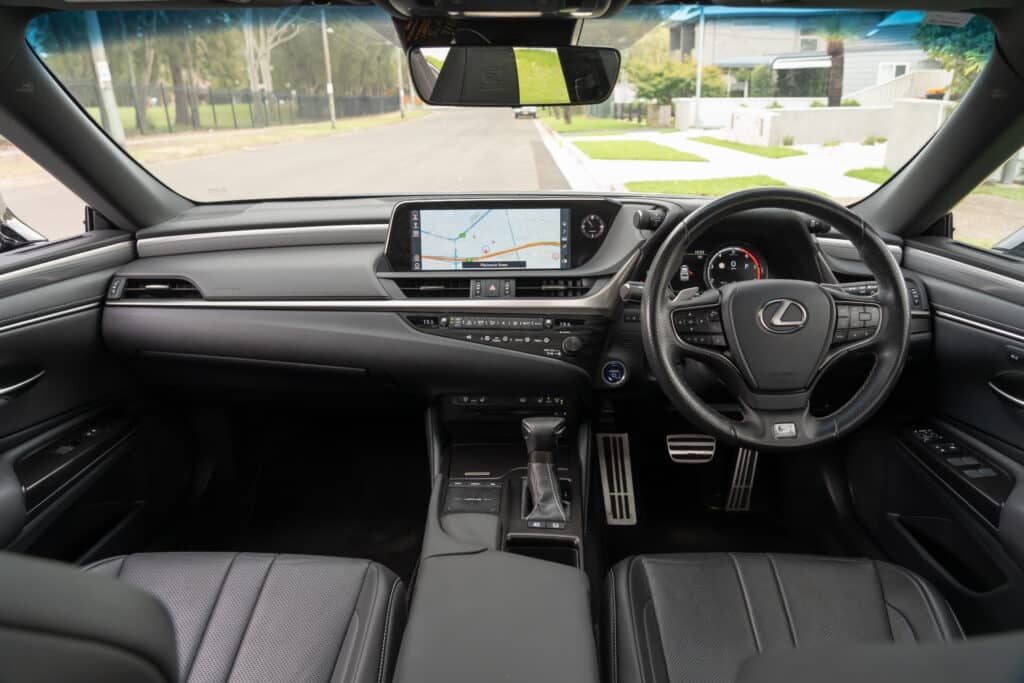
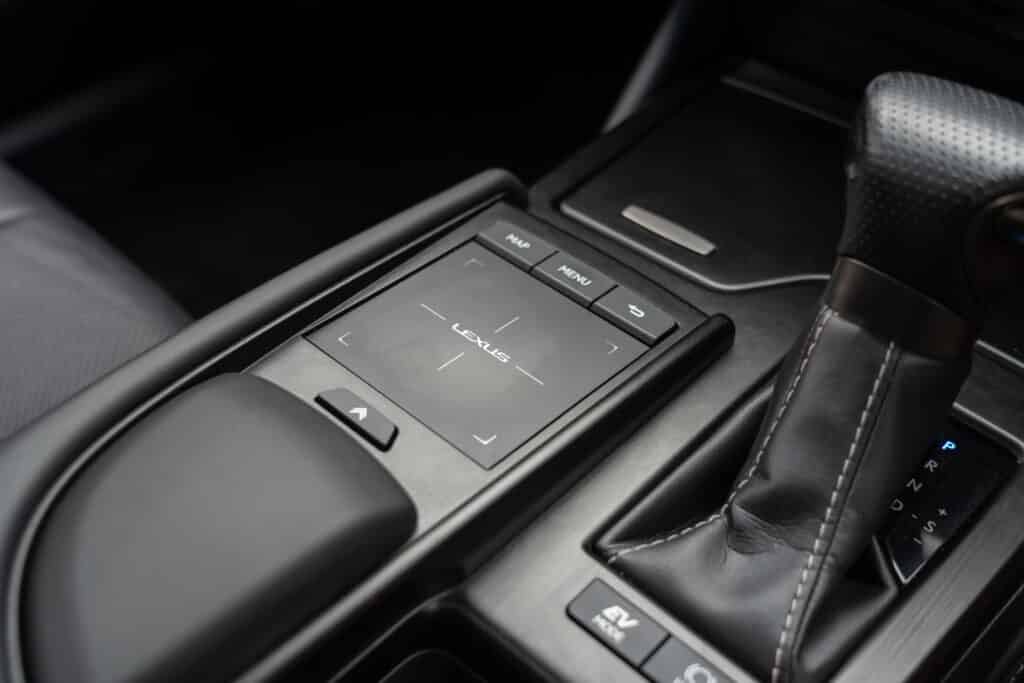
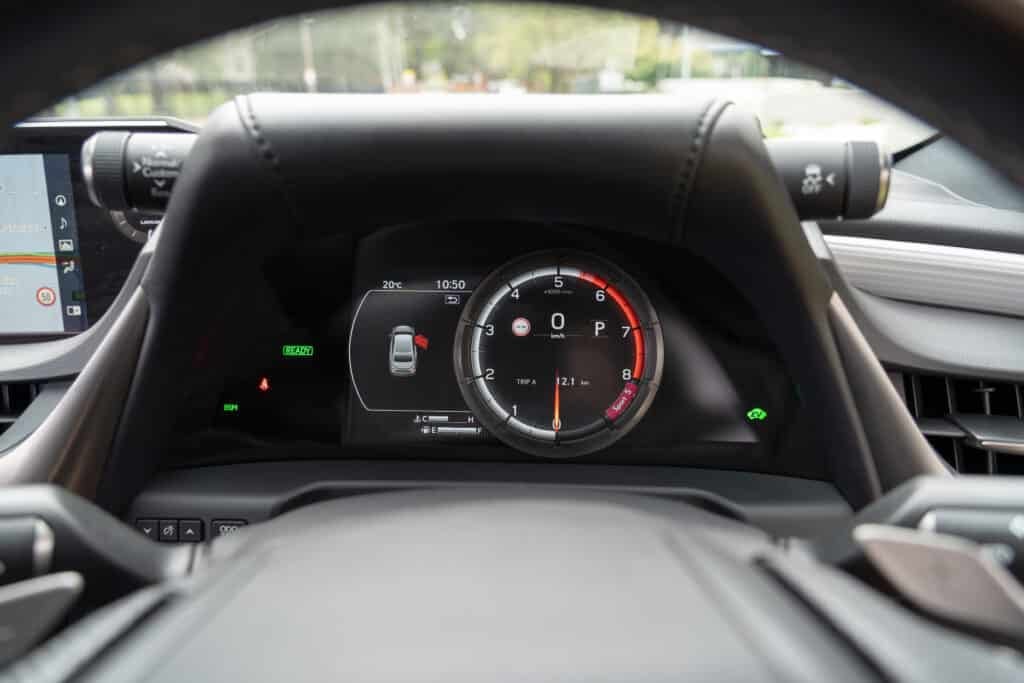
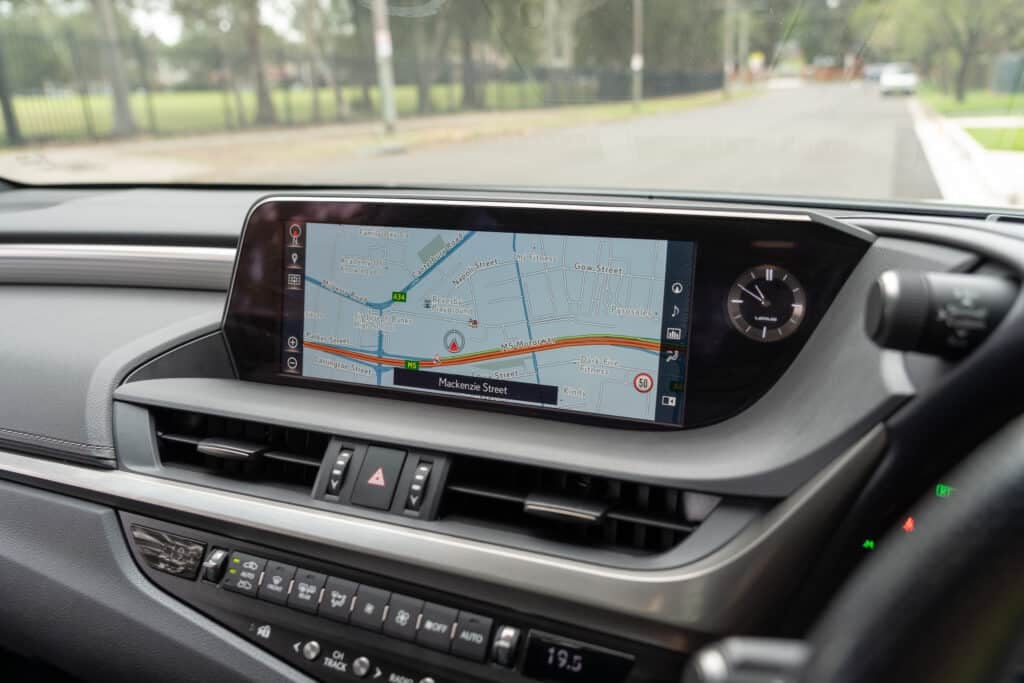

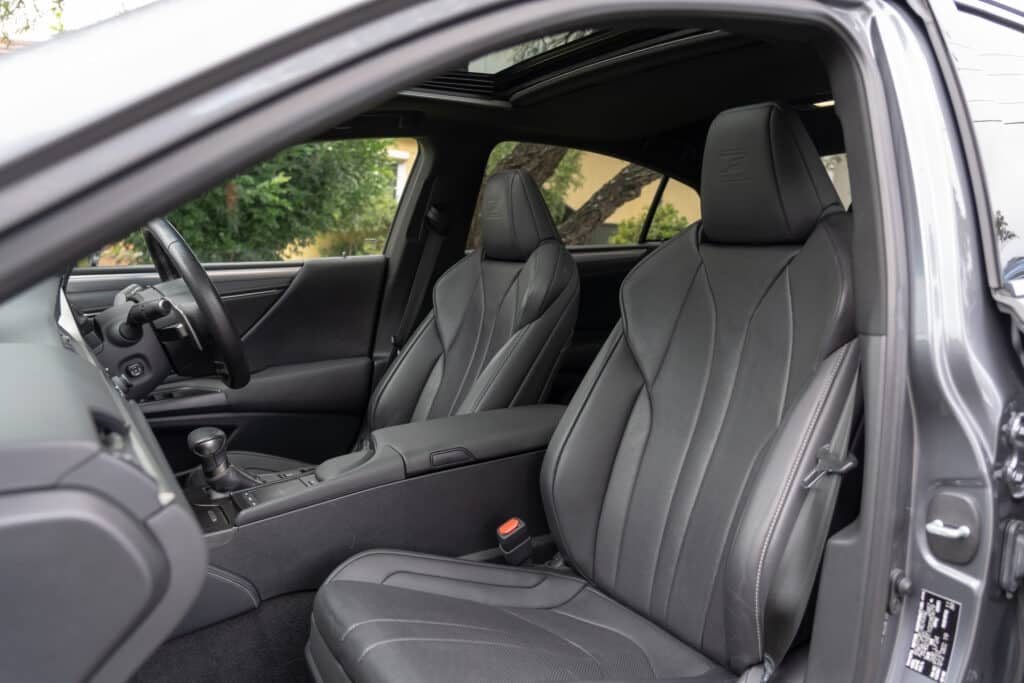
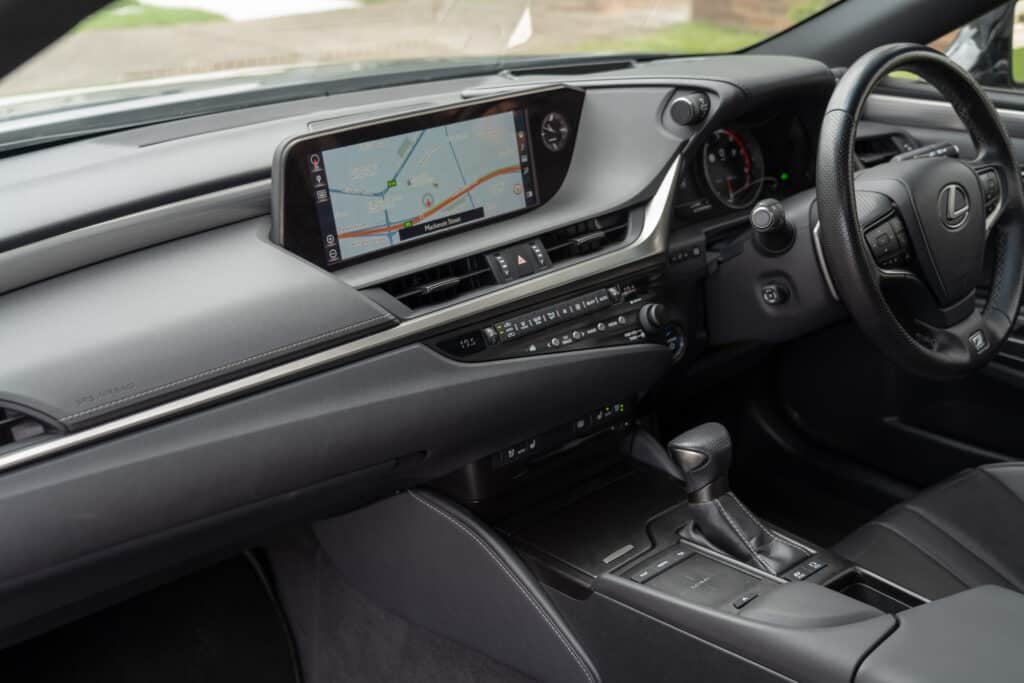

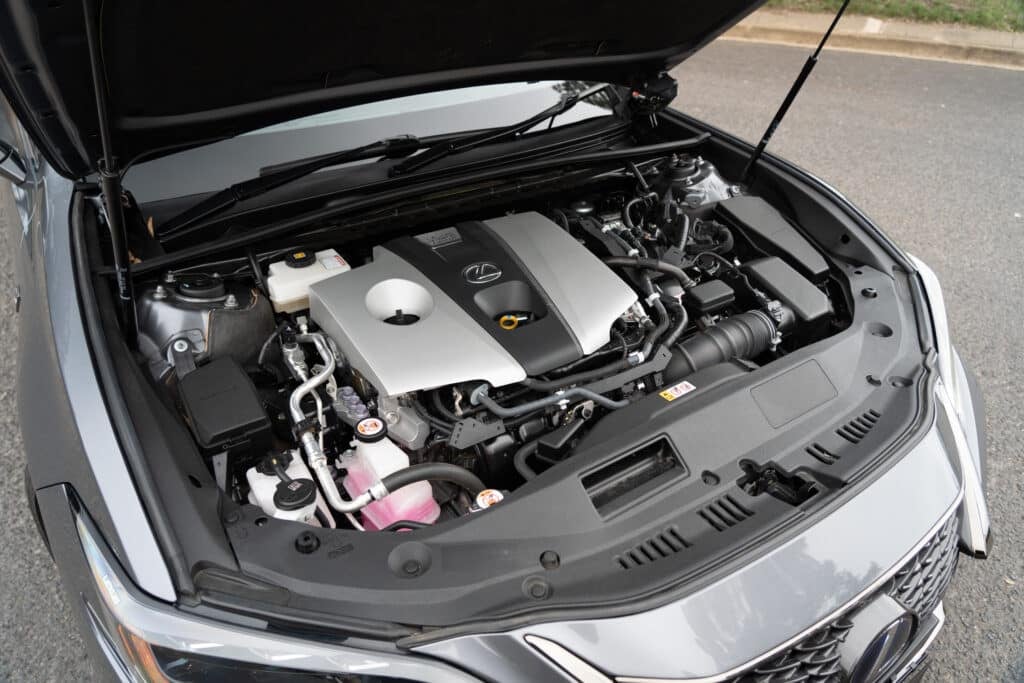
To the uninitiated, it’s easy to dismiss the 7th generation XZ10 Lexus ES as little more than a Camry in a sharp suit, especially given its shared platform and various components with Toyota’s popular large sedan. And because of that connection, many find it difficult to justify why the ES commands the kind of premiums it does over the Camry on the used market.
But here’s the thing, Lexus has spent decades topping global reliability surveys, smashing customer satisfaction indexes, and building a rock-solid reputation for delivering some of the highest levels of quality, refinement and engineering consistency in the industry. That reputation isn’t hype, it’s earned.
And when you stack the ES up against its more traditional European rivals in this space, think BMW 5 Series, Mercedes-Benz E-Class and Audi A6, it quickly starts to look like one of the smarter value-for-money options, especially when you factor in Lexus’s legendary reliability and long-term ownership satisfaction.
One of the big appeals of the ES is how straightforward the line-up is. While European brands often bombard buyers with a baffling array of engines, overlapping trim levels, special editions and never-ending options lists, Lexus has kept it blissfully straightforward.
Locally, you get two models, the ES250 and ES300h, both powered by a 2.5-litre four-cylinder engine, one purely petrol and the other a petrol-electric hybrid, both driving the front wheels. And with the overwhelming majority of used ES models being hybrids, the ES300h tends to dominate the second-hand landscape.
As for trim levels, there’s the base model Luxury which, despite the position in the line-up, genuinely is well-appointed with a hefty list of standard kit. Then there’s the F Sport, which dials in a sportier feel both in terms of design and drive, and adds a few nice tech and feature upgrades. Finally, there’s the flagship Sports Luxury, which throws in pretty much everything you could ask for in a premium sedan, plus the option of a couple of enhancement packs if you’re feeling picky. And that’s it.
Globally, there have been other engine options and variations, but for the Aussie market, it’s kept clean and easy. The model itself has also seen a few refreshes since it launched. Series 1 ran from 2018 to 2021, Series 2 from 2021 to 2024, and we’re now into Series 3, launched in 2024 and currently on sale. While each update brought the usual exterior tweaks and minor feature enhancements, it’s inside the cabin where the most noticeable differences lie, particularly around infotainment and tech usability.
Another thing worth noting if you’re shopping for one, the ES, like many Lexus and Toyota products, is constantly refined even within each model cycle. So, in most cases, the newer the example, the better it tends to be in terms of refinement and small improvements, even if they’re not always obvious at first glance.
In terms of its position, the ES slots into the Lexus line-up as a premium, comfort-focused mid-to-large sedan, sitting above the IS and below the LS flagship limo. In the broader Australian market, it bridges the gap between mainstream large sedans and European luxury offerings, effectively serving as a sophisticated, value-savvy alternative to the Germans.
And, as is so often the case with Lexus, reported issues are remarkably rare, though not entirely non-existent (check our “what goes wrong” section for the full rundown). Even financially, the ES stacks up. It tends to hold its value better than most of its Euro rivals, making it not only a solid car to own, but also a smart one to buy.
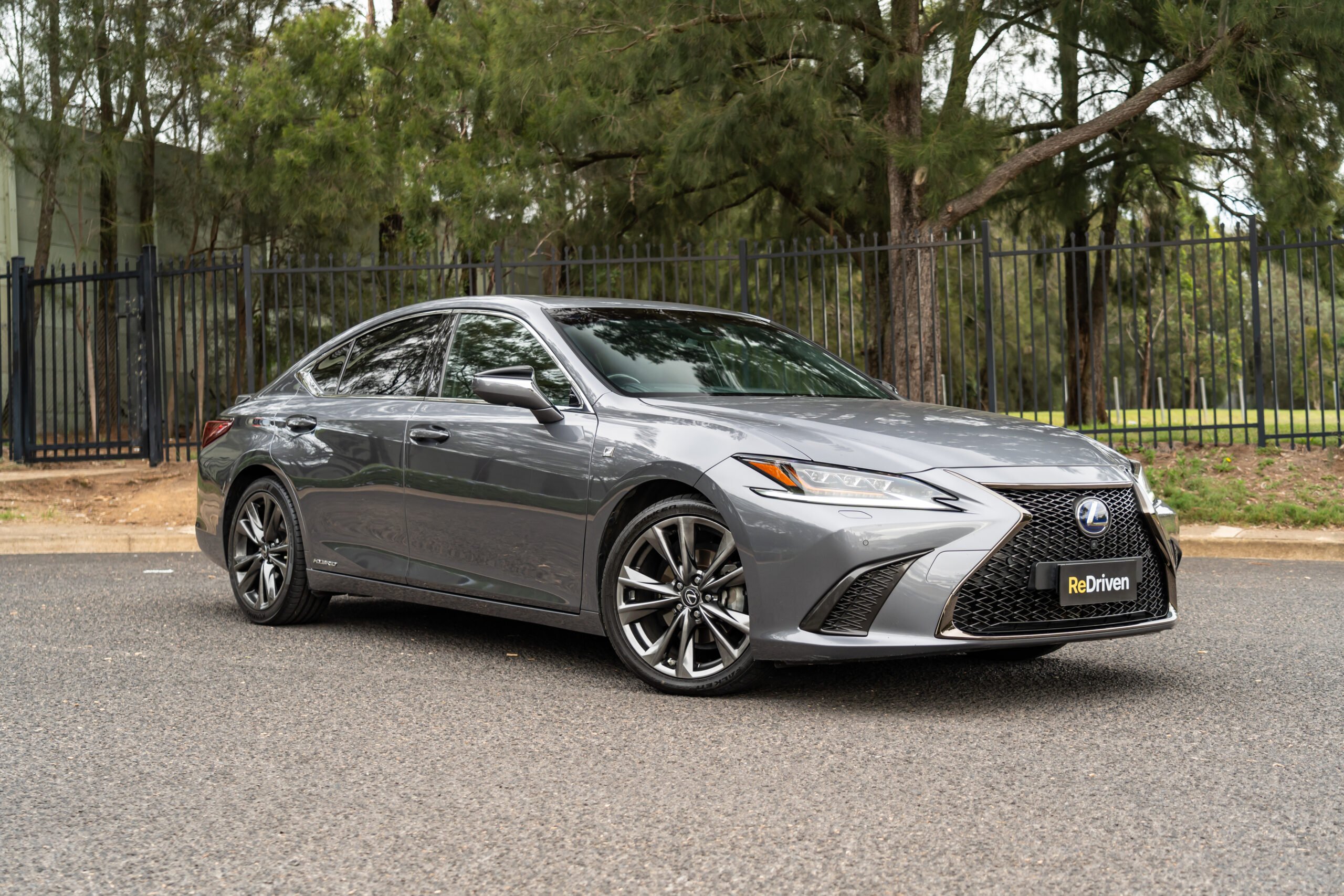
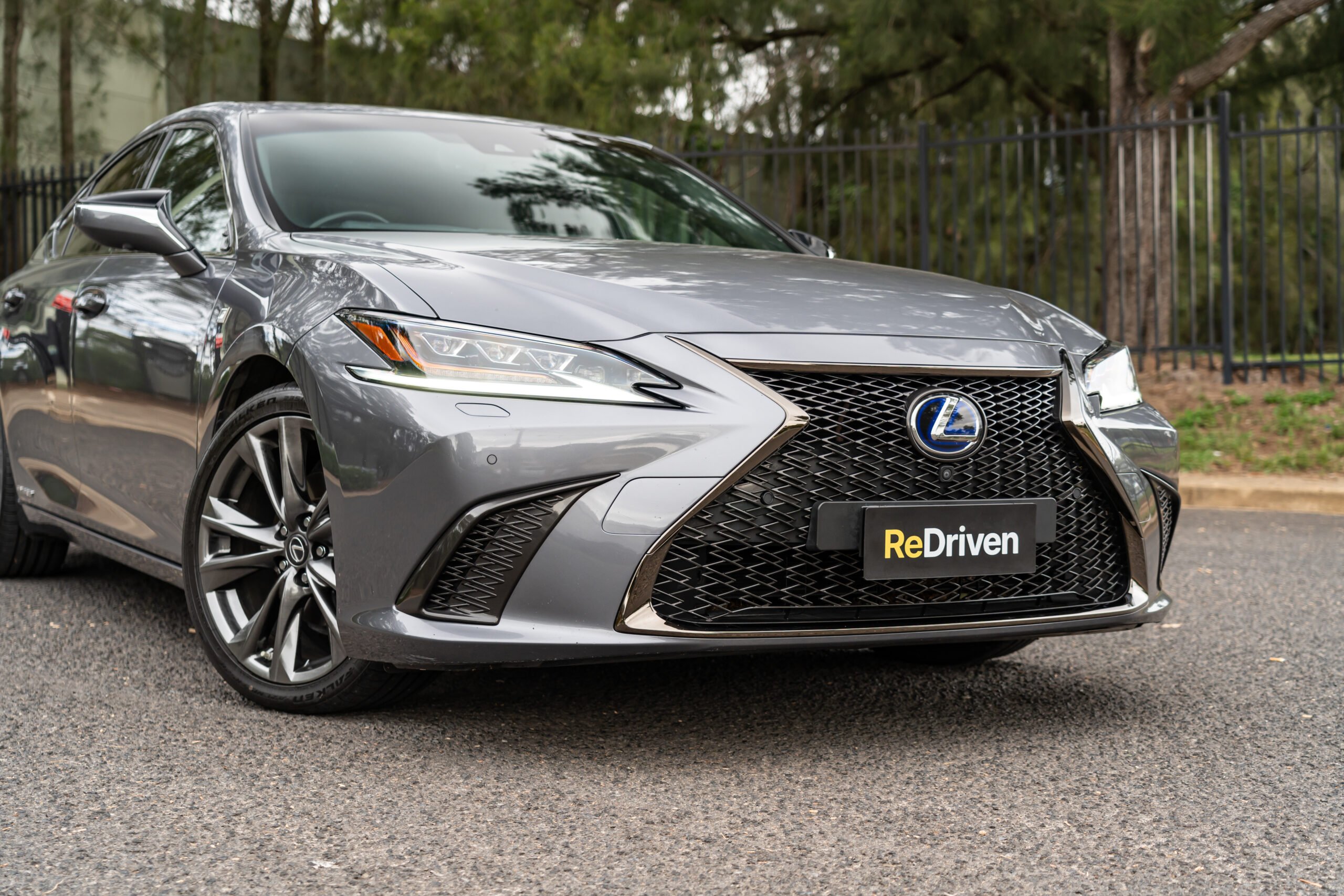

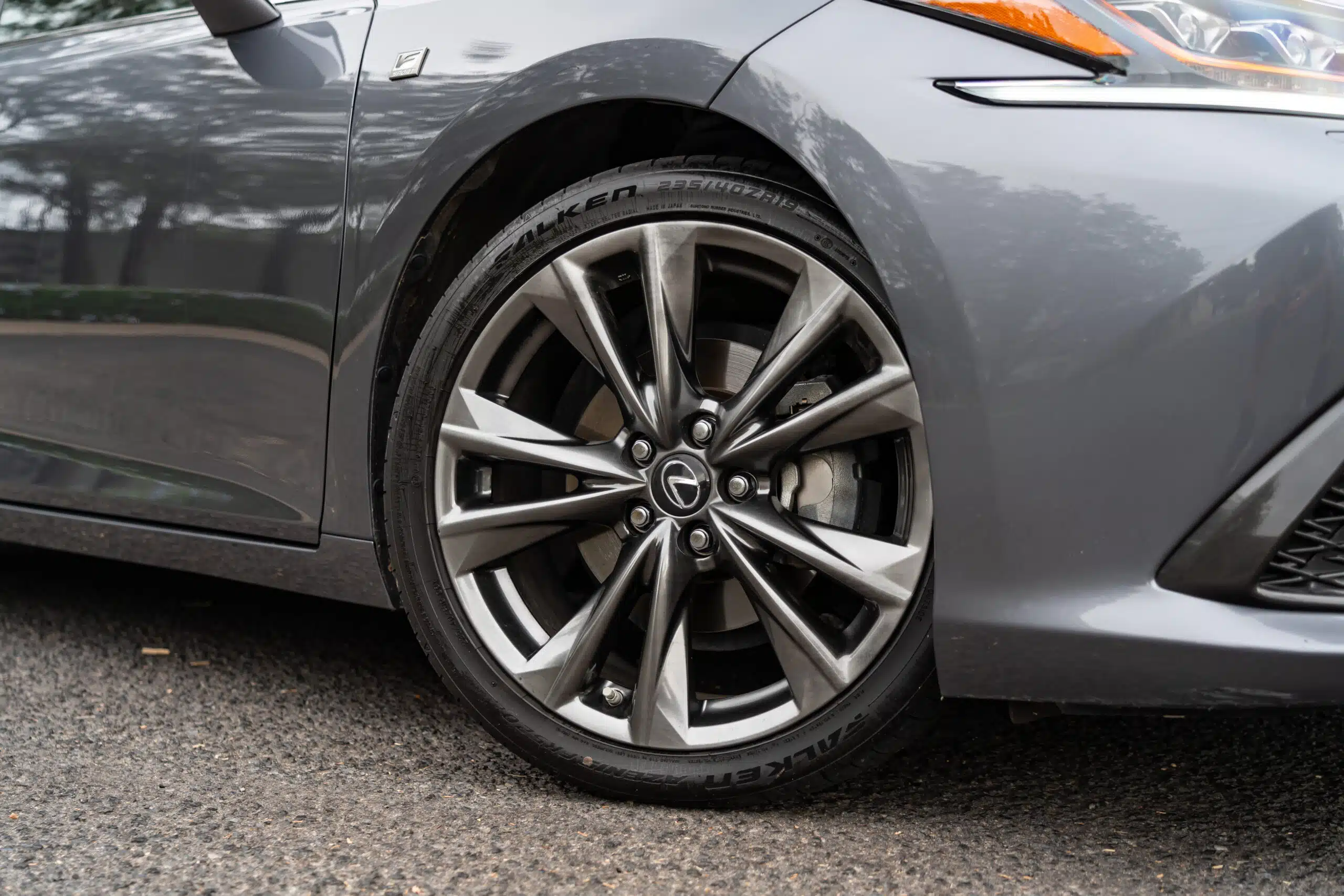

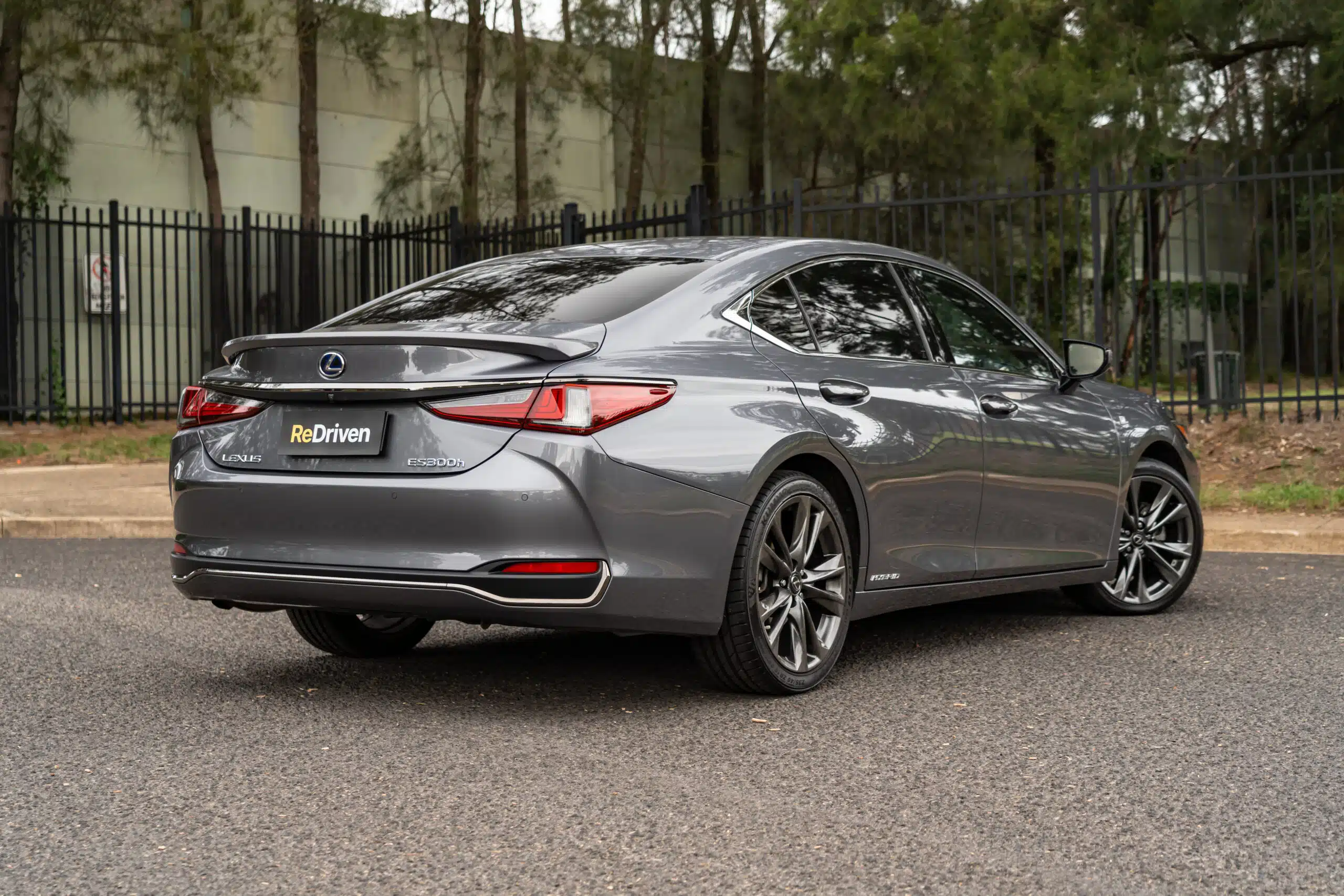
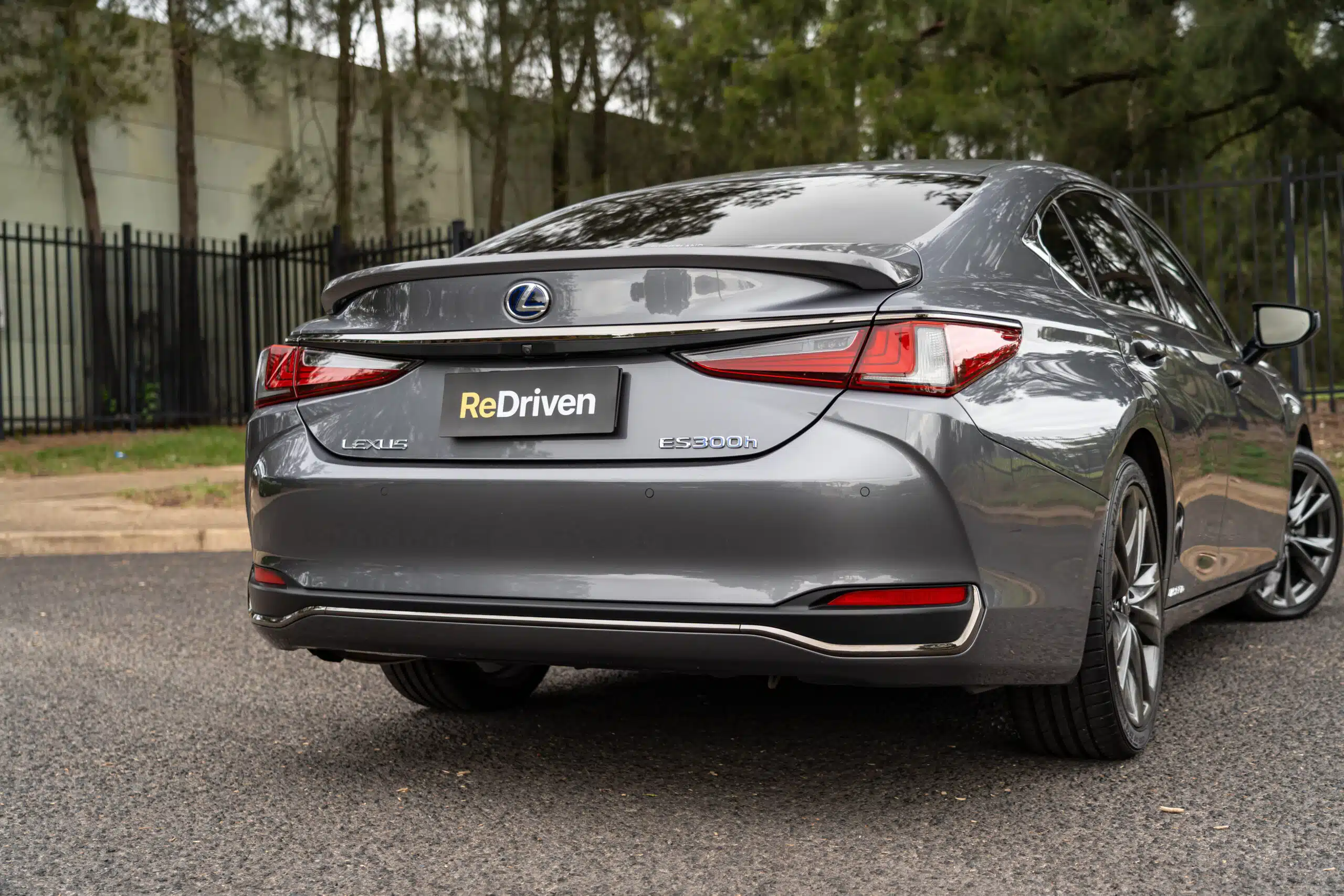
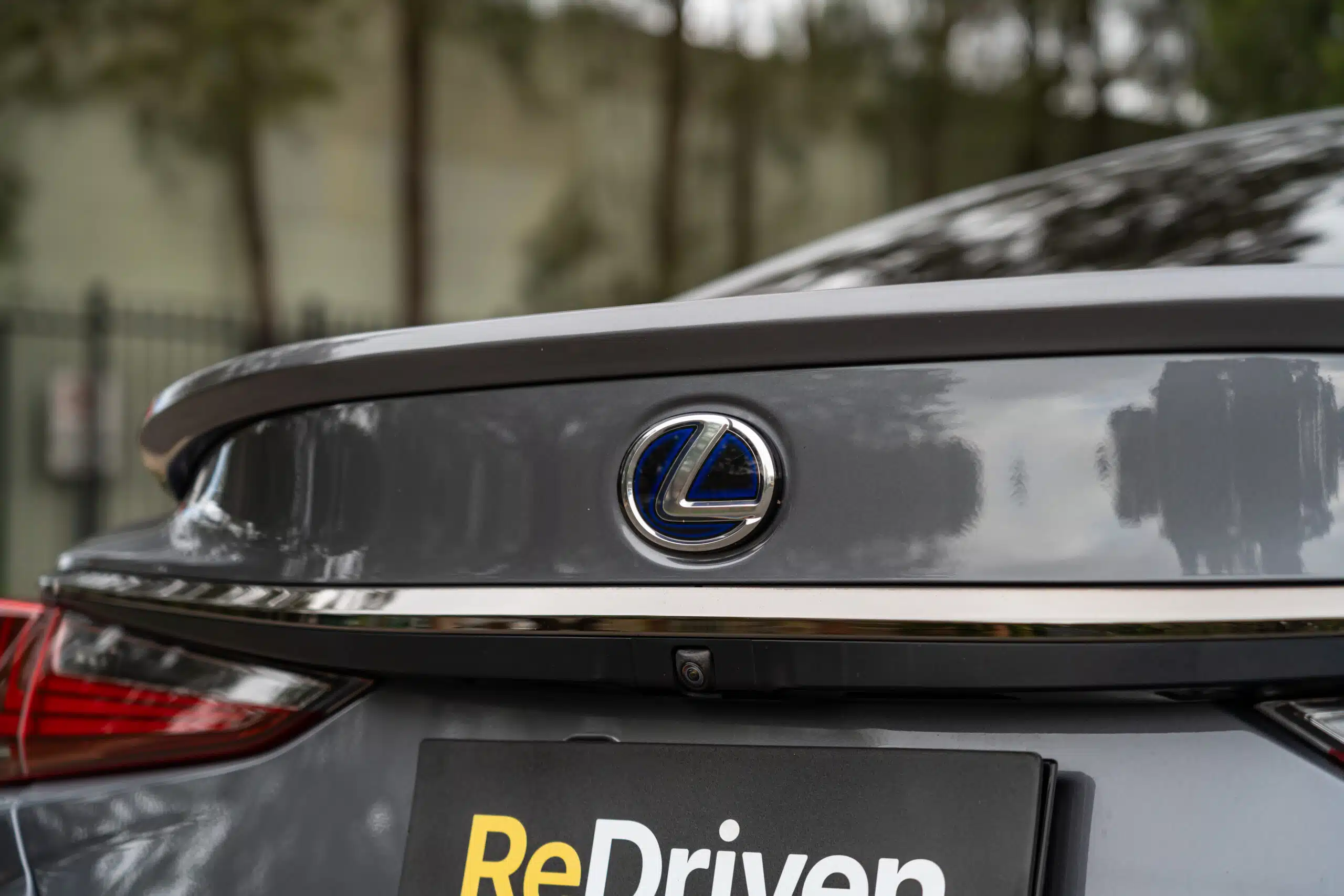
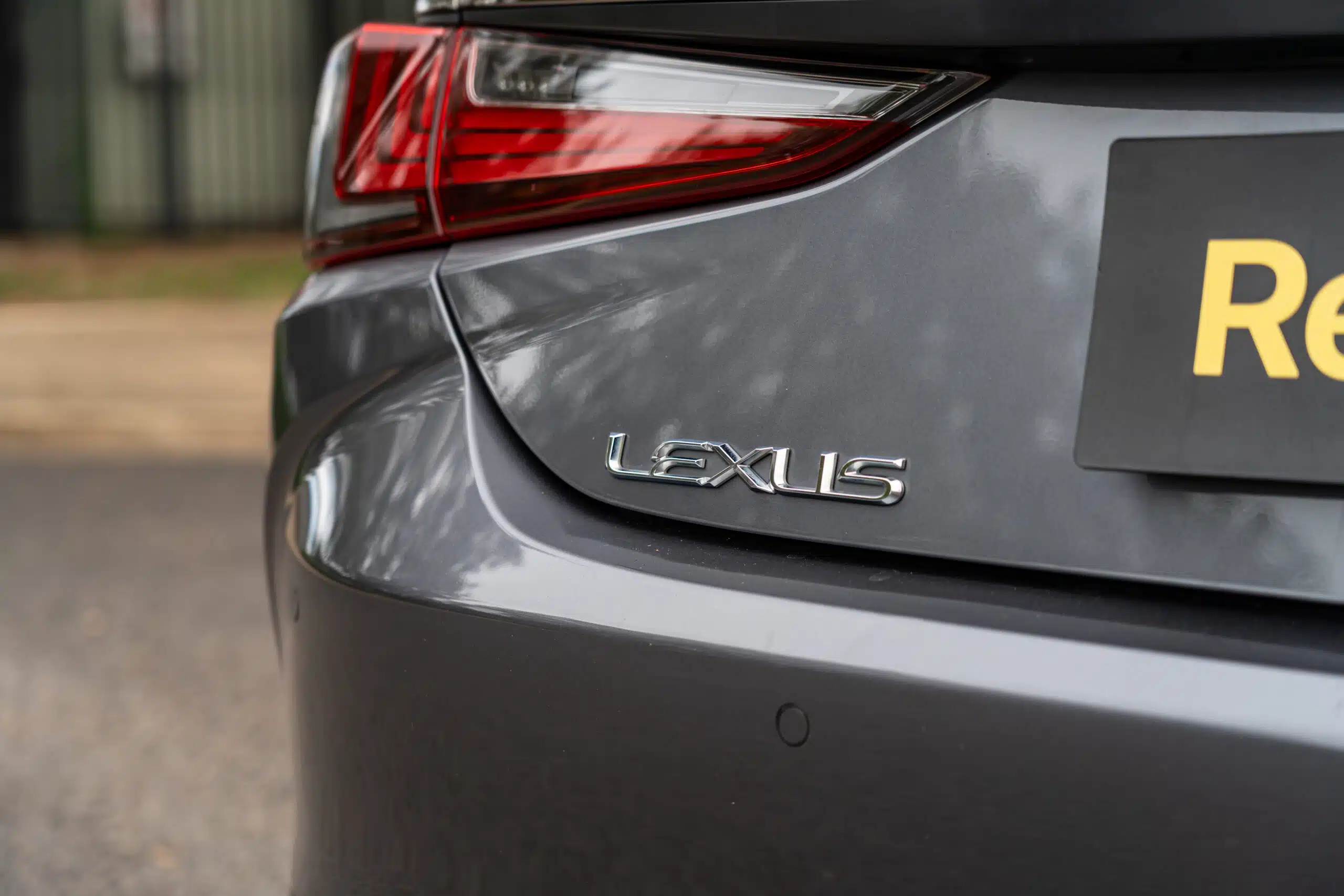
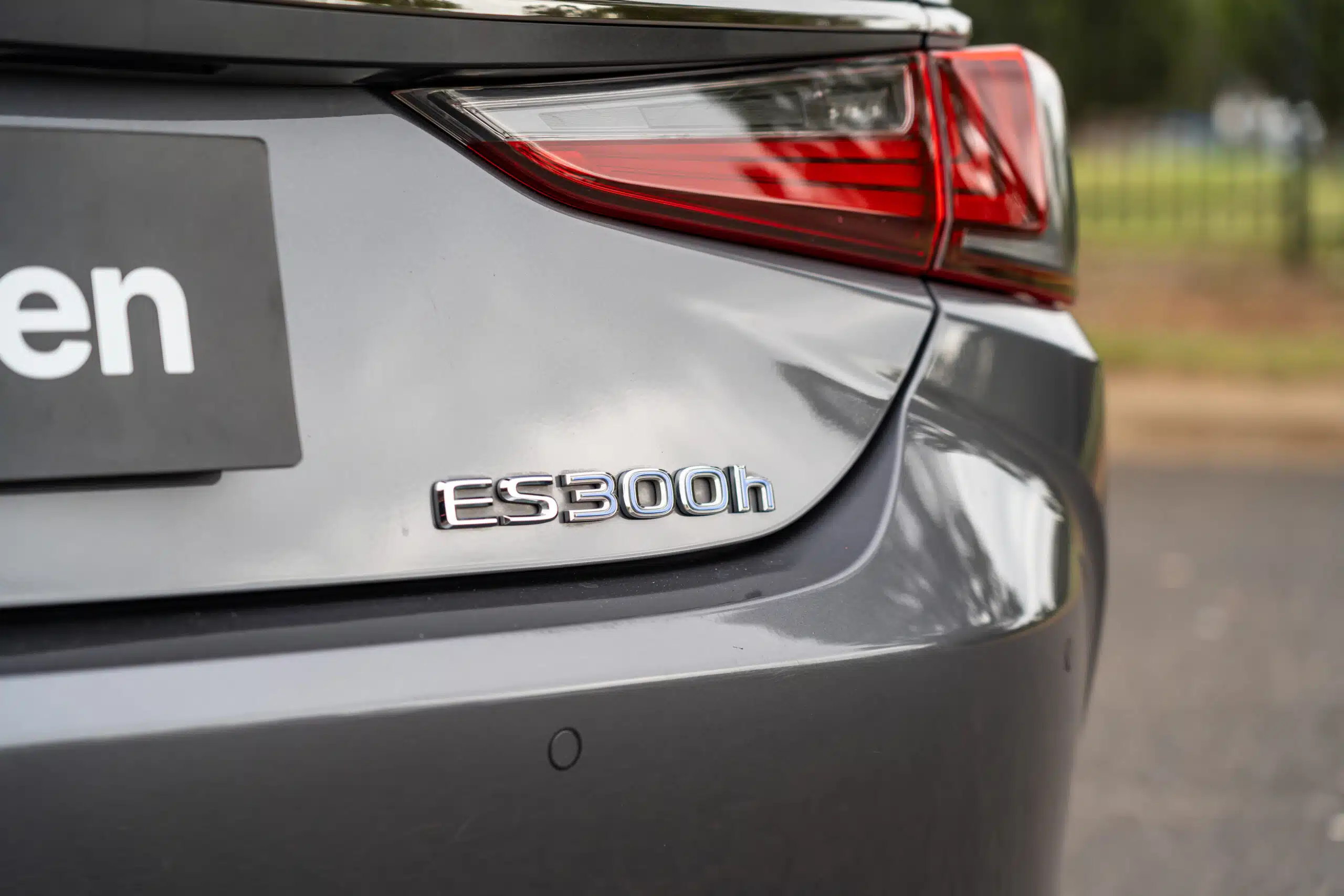
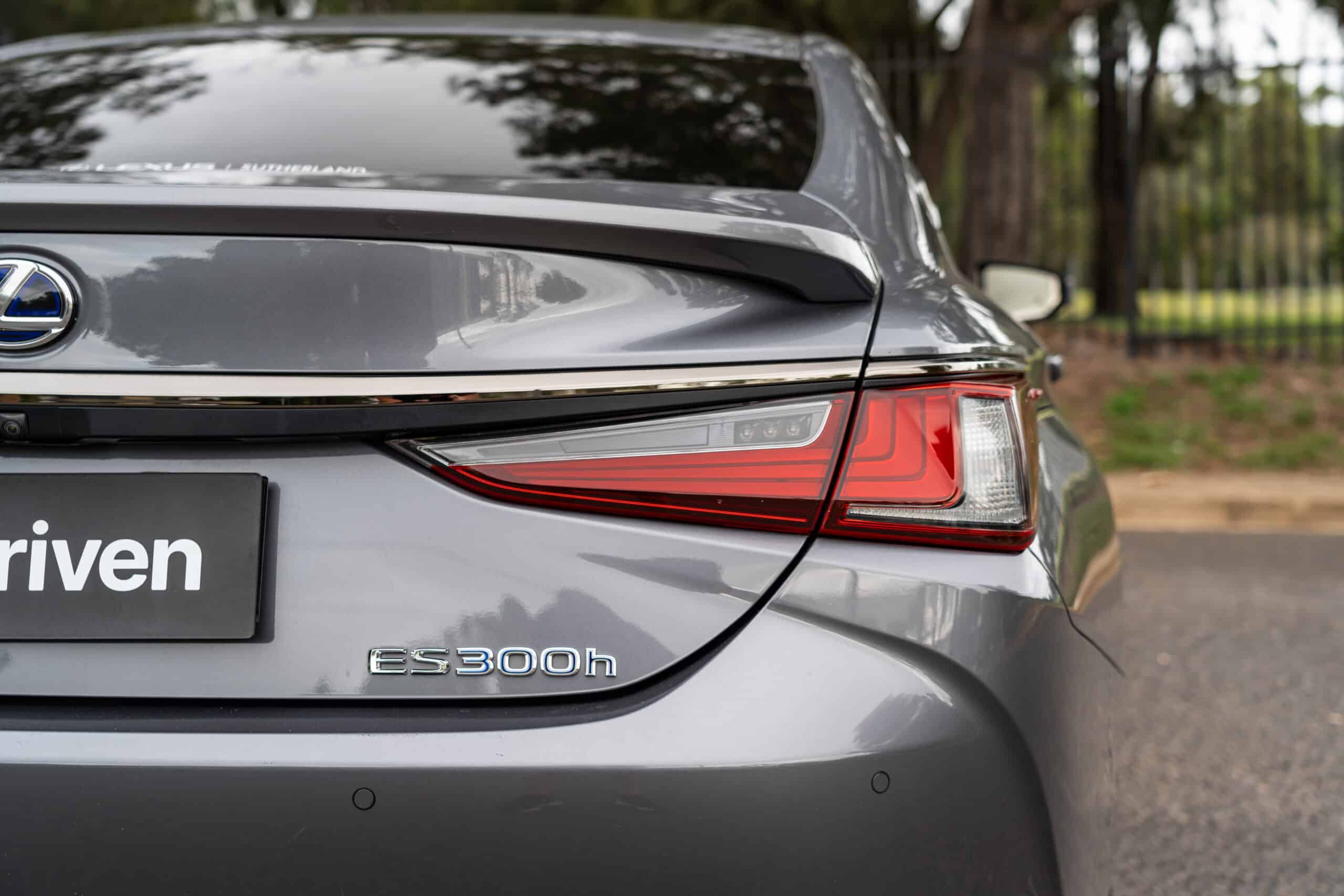

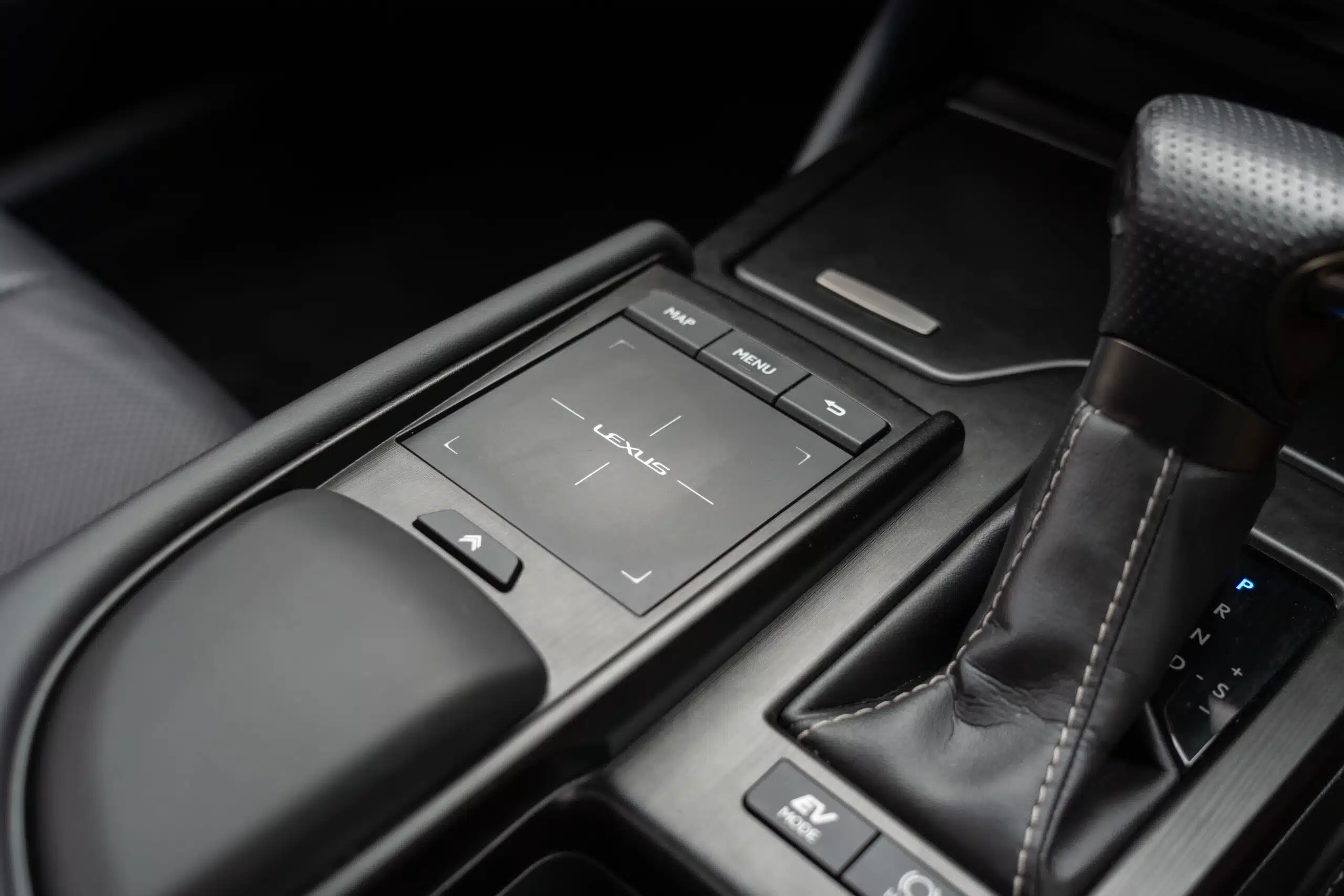
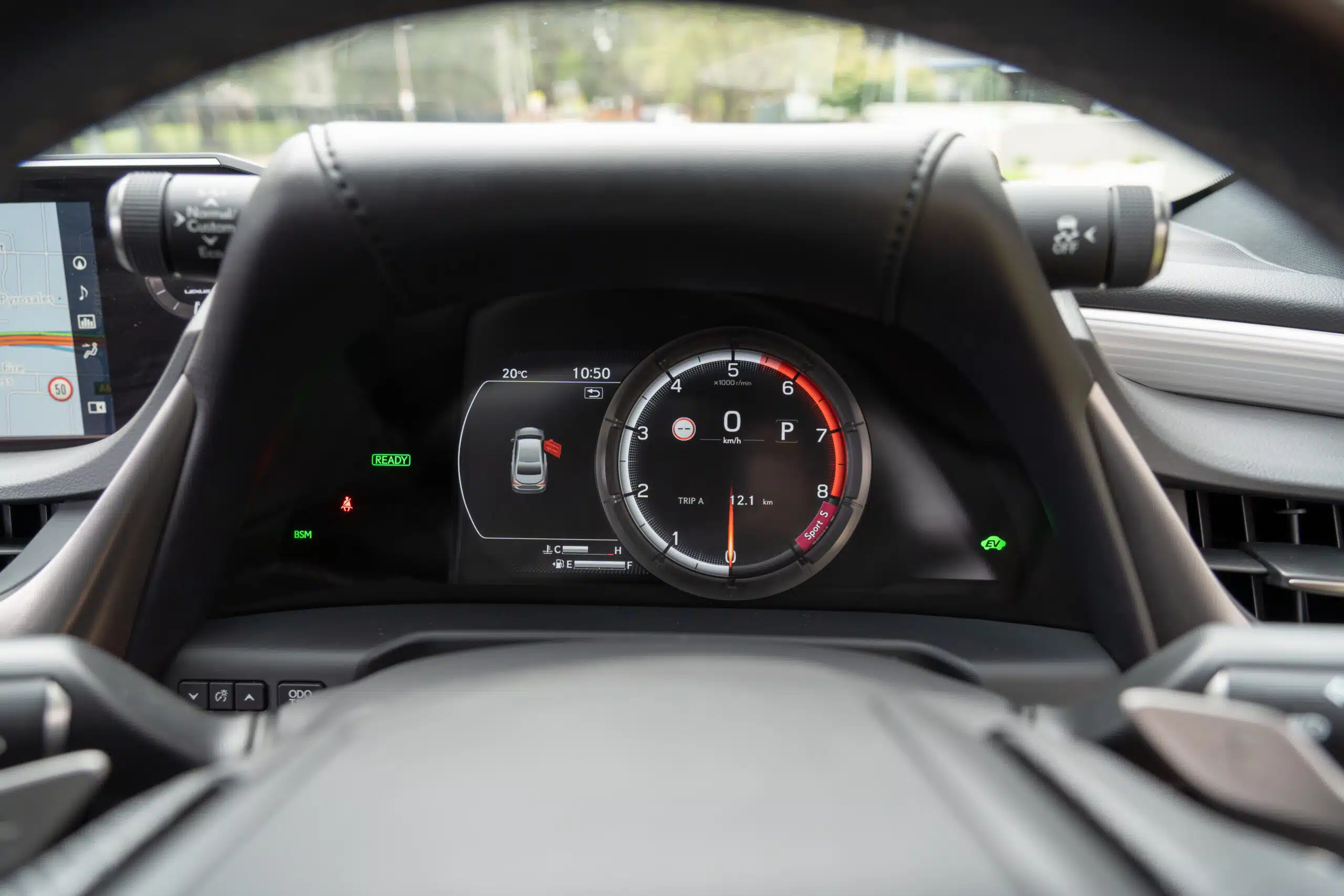
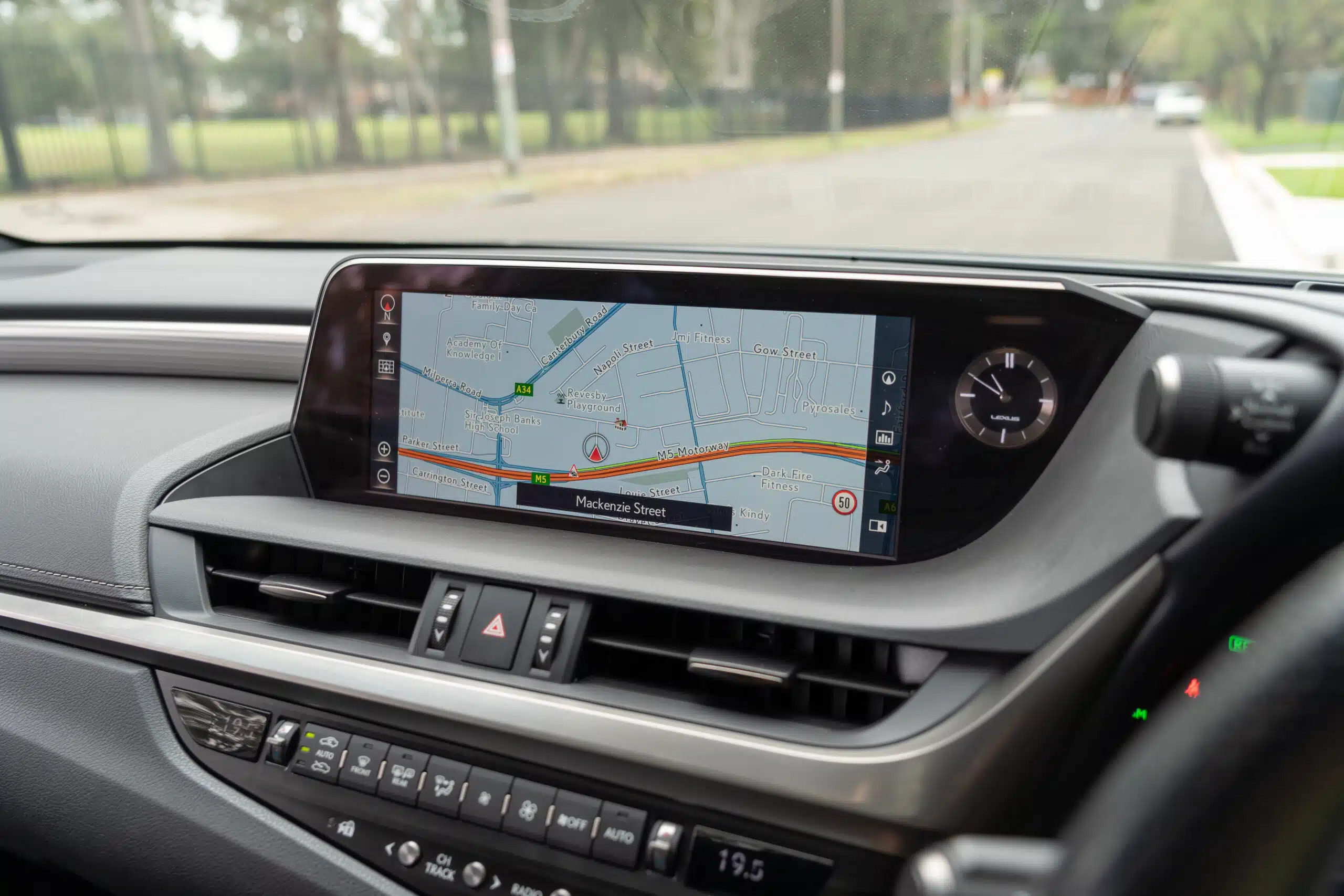

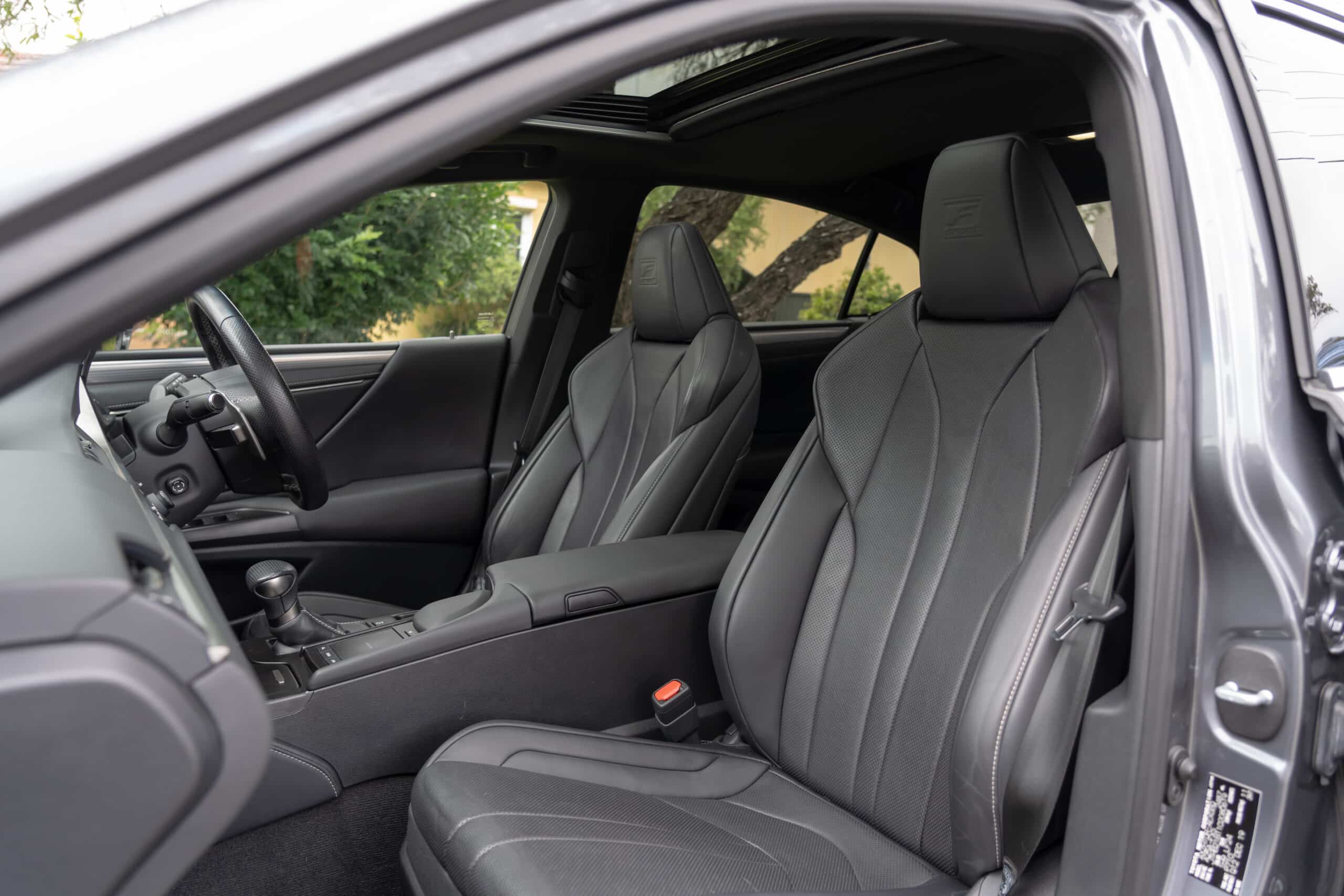

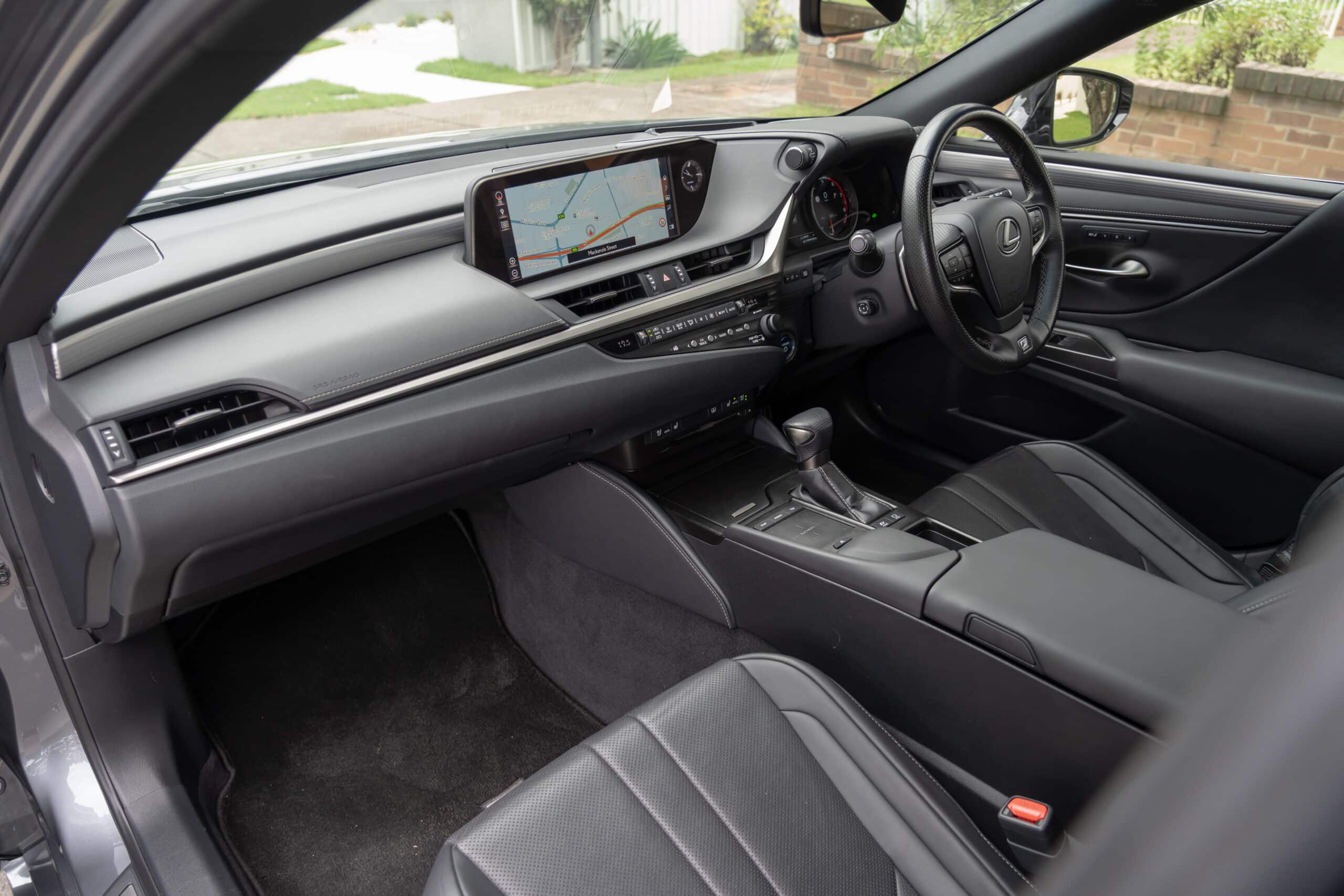
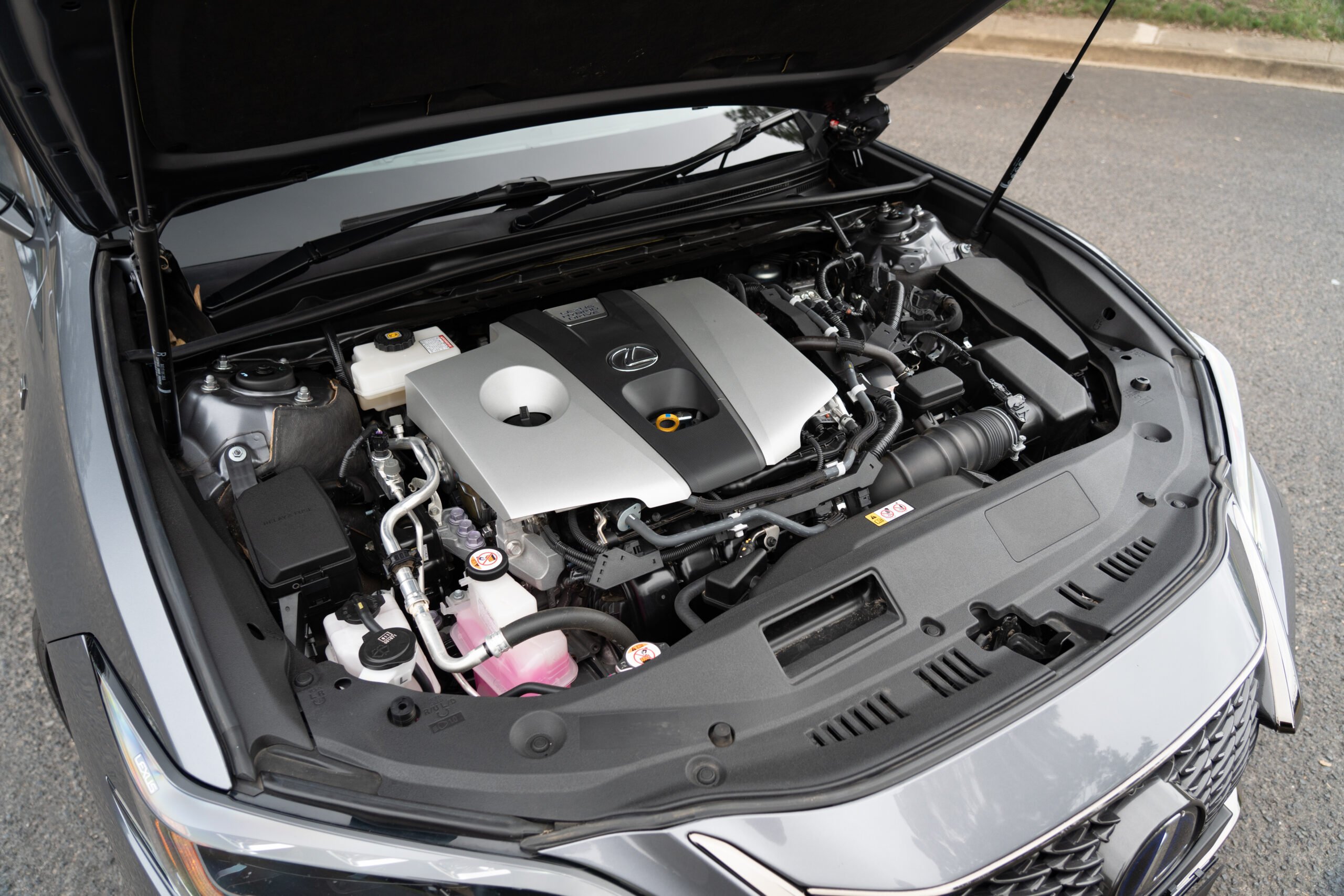




















Exterior:
Interior:
Mechanically:
Exterior:
Interior:
Mechanically:
Exterior:
Interior:
Mechanically:
After delving into the Australian-spec 7th generation XZ10 Lexus ES, not only did we struggle to find anything genuinely worth criticising, we genuinely struggled to find a reason why you shouldn’t seriously consider buying one.
Sure, if you’re absolutely set on a European luxury sedan in this segment, something you’re deeply passionate about and can stomach the typically higher servicing costs, patchier build quality and reliability, and often brutal depreciation, then go right ahead. It’s your call, your cash, and your risk.
But if what you’re after is near-faultless build quality, fit and finish that easily ranks amongst the very best in the industry, class-leading dependability, and what may well be the most serenely polished and refined driving experience in its class, then it really has to be the ES.
Of course, only shortlist examples that come with a pristine, uninterrupted service history and make sure you have a comprehensive pre-purchase inspection carried out by someone who knows what they’re doing—but if it clears those hurdles without issue, this is a car we have no hesitation whatsoever in recommending.
After delving into the Australian-spec 7th generation XZ10 Lexus ES, not only did we struggle to find anything genuinely worth criticising, we genuinely struggled to find a reason why you shouldn’t seriously consider buying one.
Sure, if you’re absolutely set on a European luxury sedan in this segment, something you’re deeply passionate about and can stomach the typically higher servicing costs, patchier build quality and reliability, and often brutal depreciation, then go right ahead. It’s your call, your cash, and your risk.
But if what you’re after is near-faultless build quality, fit and finish that easily ranks amongst the very best in the industry, class-leading dependability, and what may well be the most serenely polished and refined driving experience in its class, then it really has to be the ES.
Of course, only shortlist examples that come with a pristine, uninterrupted service history and make sure you have a comprehensive pre-purchase inspection carried out by someone who knows what they’re doing—but if it clears those hurdles without issue, this is a car we have no hesitation whatsoever in recommending.
After delving into the Australian-spec 7th generation XZ10 Lexus ES, not only did we struggle to find anything genuinely worth criticising, we genuinely struggled to find a reason why you shouldn’t seriously consider buying one.
Sure, if you’re absolutely set on a European luxury sedan in this segment, something you’re deeply passionate about and can stomach the typically higher servicing costs, patchier build quality and reliability, and often brutal depreciation, then go right ahead. It’s your call, your cash, and your risk.
But if what you’re after is near-faultless build quality, fit and finish that easily ranks amongst the very best in the industry, class-leading dependability, and what may well be the most serenely polished and refined driving experience in its class, then it really has to be the ES.
Of course, only shortlist examples that come with a pristine, uninterrupted service history and make sure you have a comprehensive pre-purchase inspection carried out by someone who knows what they’re doing—but if it clears those hurdles without issue, this is a car we have no hesitation whatsoever in recommending.
Have ultimate peace of mind when buying a used car by purchasing an official PPSR report.
Please note that pricing information is subject to fluctuations in the automotive market.
Information correct as of Apr 23, 2025.
The advice provided on this website is general advice only. It has been prepared without taking into account your objectives, financial situation or needs. Before acting on this advice, you should consider the appropriateness of the advice, having regard to your own objectives, financial situation and needs.
Read our full terms and conditions here.
You are the best, the content in your videos is so helpful, delivered in a great way. Please keep going as for sure you are unique in every way. All the best from Guatemala
L. G. - YouTube
You guys have truly found something wonderful… Loved this channel ever since from the beginning… Will support you guys as long as you guys keep making these wonderful car reviews…
Calvin - YouTube
This is probably the best channel I have ever seen when reviewing vehicles. New or old. The honesty is so appreciated. I’ve been a mechanic for 20 years and I find it very informative when looking for a vehicle for my daughter. Keep up the awesome work.
Jason T. - YouTube
© 2025 ReDriven All Rights Reserved